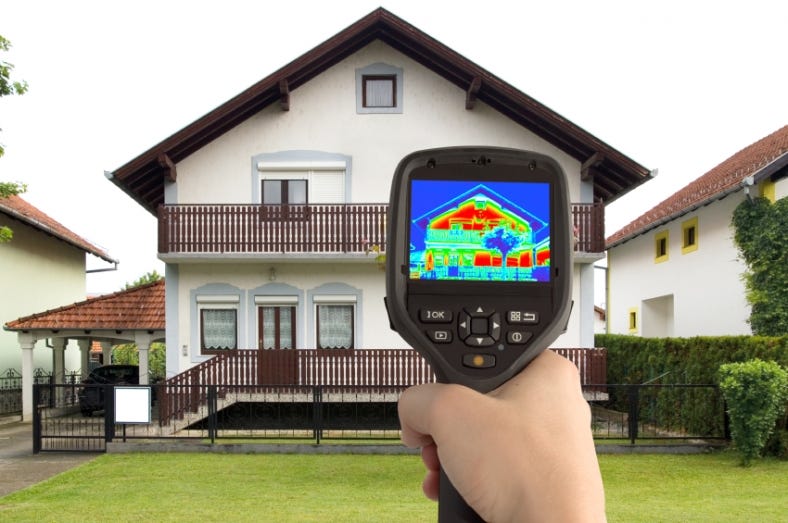
There are four good reasons to commemorate Justice Antonin Scalia’s passing by reading at least a portion of his juridical corpus. There is the needful, salutary effect of close exposure to prose saturated with reason. As well, Scalia was the vanguard of conservative American jurisprudence: in terms of his politics, through his originalist approach to constitutional interpretation, and as reflected in the acerbically acidic prose with which he sprayed his ideological foes. And in his thirty year bench tenure, Scalia helped define the terms of debates over numerous hot button issues, including gun ownership, abortions, and a contested presidential election.
The final reason is more obscure than those that precede it, but probably much more important, too. In a 2001 decision in which Justice Scalia writes for the majority, he effectively presides over what could be called the surrender of the U.S. Constitution to the technosphere; or, if you prefer a more pallid description, then the acquiescence of a conventionally authoritative legal constitution to an opaquely authoritative technological constitution. The case — Kyllo v. United States — is an exemplary bit of Scalia-ism: well reasoned, archly conservative, and concerned with a hot button issue, at least among avant-garde American constitutional law theorists.
The facts of the case are fairly straightforward: in 1991, Danny Kyllo was overseeing a moderately sized marijuana farm in his suburban home located in Florence, Oregon. Probably as a result of Danny’s poor taste in associates, a U.S. Department of the Interior agent became suspicious about his agricultural activities and so, in the early hours of January 16, 1992 the agent drove to Danny’s home, parked his car across the street from it, scooted over into the passenger seat, took aim with an Agema Thermovision 210 thermal imaging device, and commenced scanning the relative heat signature of the house.
Danny’s house was relatively hot compared to his neighbors’, and particularly toasty in the garage and along an adjacent wall. This information, suggesting the use of hot halide bulbs then common to grow operations, combined with utility bills indicating power usage consistent with such lights and corroborating informant statements, was sufficient to convince a Magistrate Judge to issue a search warrant for the home. Government agents entered to discover Danny’s plants, more than one hundred in number. Danny’s attorney argued that the thermal scan itself was a search that required a warrant and that the thermal evidence should be suppressed.
Scalia tackled this scenario with a subtly crafted ruling, opining that “Where … the Government uses a device that is not in general public use, to explore details of the home that would previously have been unknowable without physical intrusion, the surveillance is a ‘search’ and is presumptively unreasonable without a warrant.” It is a conservative ruling in that it aims to preserve the same degree of privacy against arbitrary government intrusion into the home that held at the time of the Fourth Amendment’s adoption — taking on the “long view,” as Scalia wrote, reaching back to the Amendment’s original meaning.
As far as the conventional constitutional question goes — Did thermal scanning of Danny’s home amount to a Fourth Amendment search requiring a warrant? — Scalia’s answer certainly suited the petitioner. The legal commentariat criticized Scalia’s ruling, though, for both a lack of judicial restraint (the majority, fearing that novel and development-stage sense-enhancing devices and even more advanced, then emerging methods of surveilling would render irrelevant any narrow ruling, wrote futuristically and generated a broad, largely technology-neutral rule) and indifference to society’s saturation with sense-amplifying technologies (the “in general public use” qualification seems to vitiate the rule’s applicability in many technological contexts).
Another momentous question explicitly posed by Kyllo — “What limits [are there] upon this power of technology to shrink the realm of guaranteed privacy?” — receives a shorter, significantly less sanguine answer: none. The range of sense-enhancing devices presumably in “general public use” is vast: surveillance cameras, drones, smartphones equipped with mics and video cameras, any number of devices capable of measuring electromagnetic fluctuations at a distance, and easily accessible malware that grants access to compromised computers, to name just a few. This state of technological affairs likely held in 2001 when the Kyllo ruling dropped, and it’s certainly the case today.
Scalia seems to have let his ideological devotion to a legal language game blind him to the grander stakes of the battle between the Constitution and the technosphere. The Kyllo ruling is an expensive, superficial win for conservative jurisprudence. “Pyrrhic” doesn’t do it justice. Freedom from arbitrary governmental intrusion is an essential ingredient of free speech; without it, the future of democratic culture seems grim. A theoretical partial solution does present itself, though: a SCOTUS that reviews elements of the built world as well as laws, the actions of government agents as well as the technologies they make use of.
